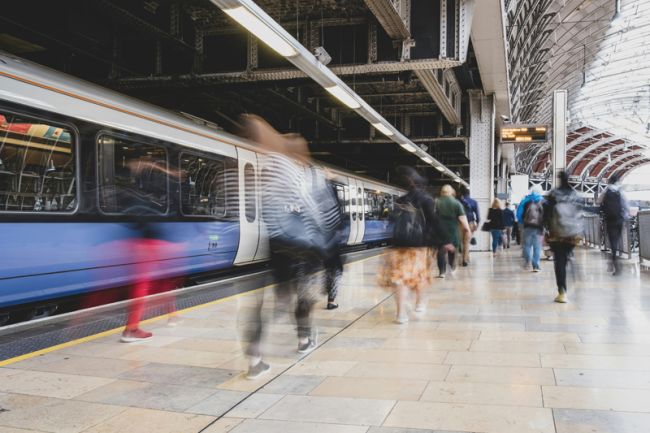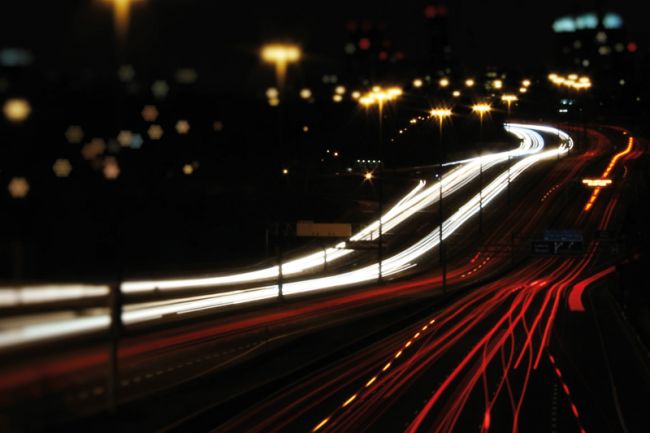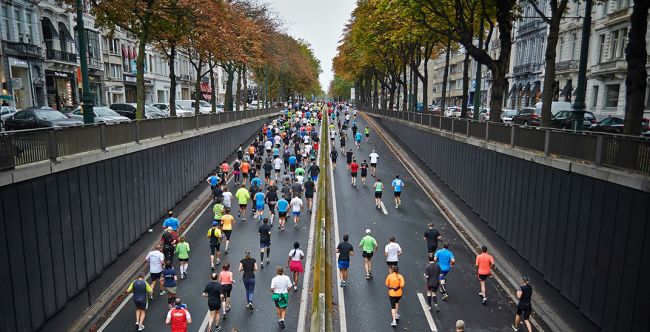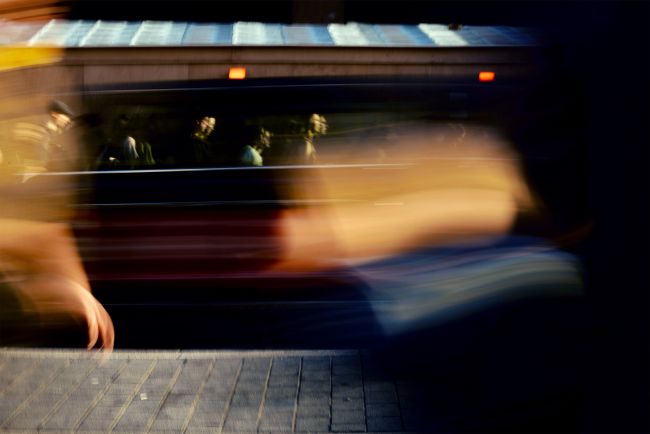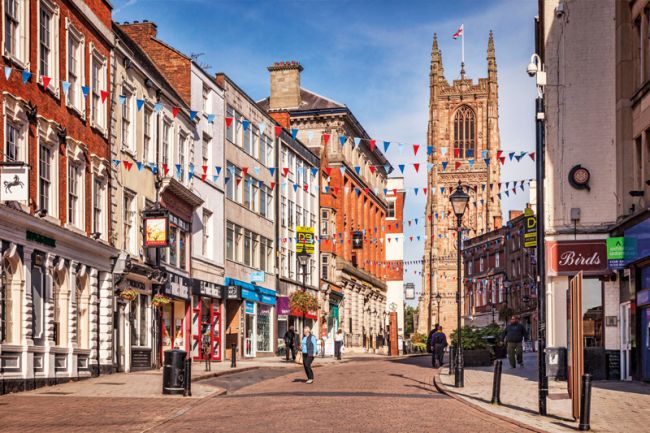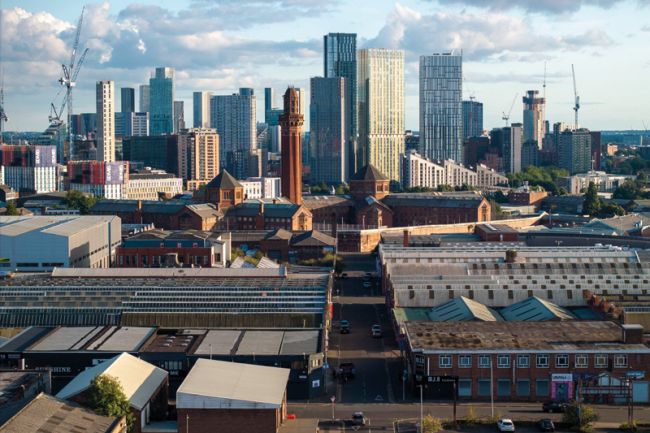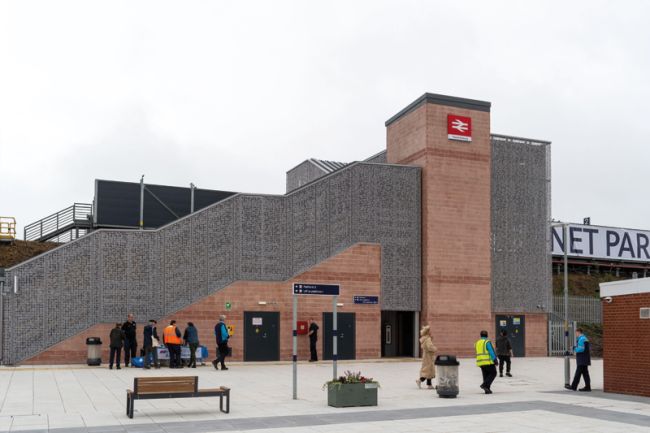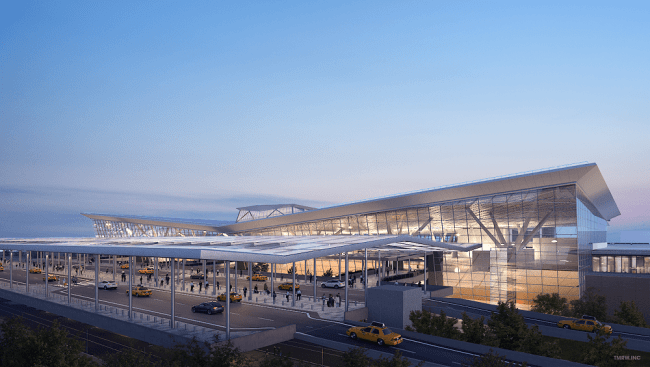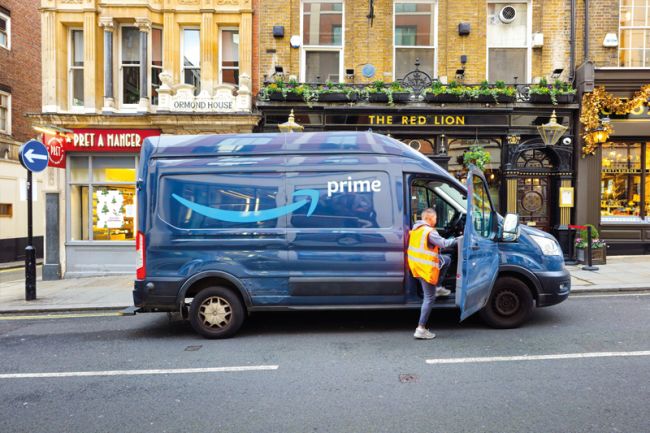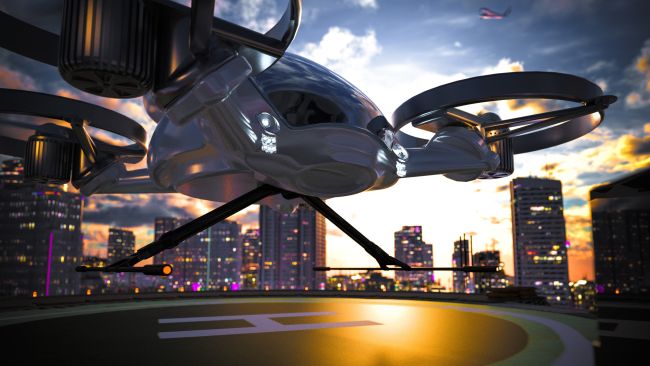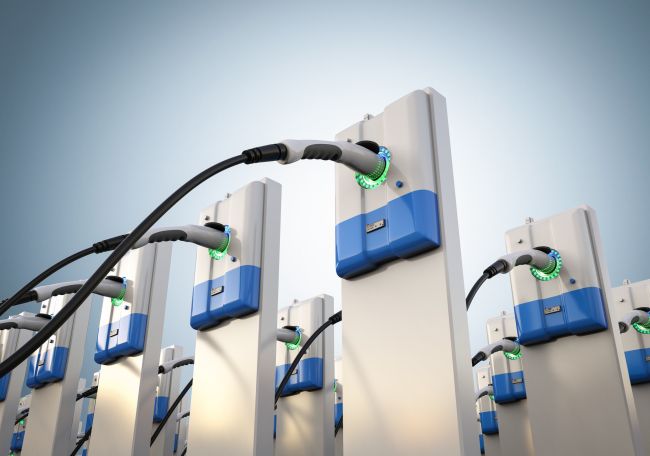Ropeways in India and what to expect
India’s ropeway network is expanding fast. We explore key drivers, funding models, and future potential.
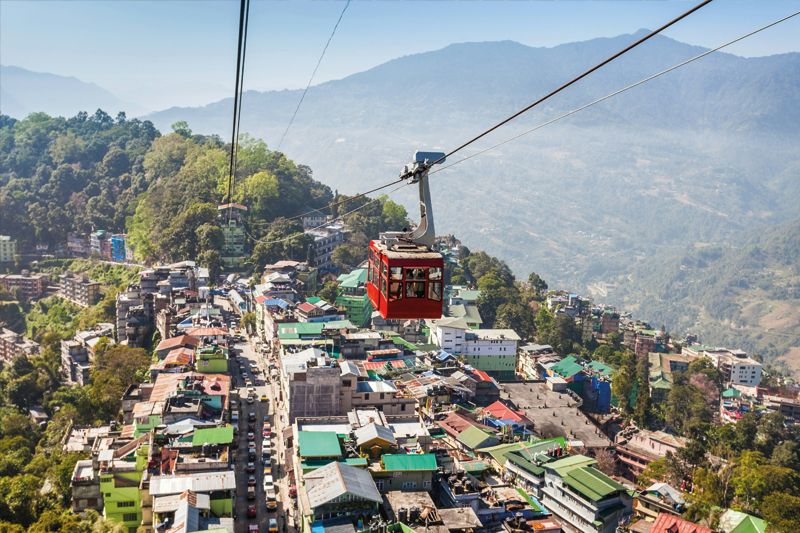
Public-private partnership (PPP) Ropeway projects in India are growing.
At present, over 25 ropeways are operational in India, spread across 13 states and largely concentrated in Uttarakhand, Jammu and Kashmir and Gujarat.
There are roughly 25 more projects at varying stages of completion, with six expected in the state of Uttarakhand, four in Himachal Pradesh, and the remainder spread across 10 other states.
The spread of ropeways in India is driven by the central government’s National Ropeways Development Programme, Parvatmala Pariyojana, which was announced in the 2022-23 budget and identified 200 ropeways that could be built using PPP. In addition to this, state and regional authorities such as RTDC, Himachal Pradesh and Varanasi Development Authority are also active in supporting developments.
There are three funding models that are relevant to the Indian context:
Build, Operate, Transfer (BOT): When a private developer finances, builds, and operates the ropeway for a fixed concession period, recouping their investment through ticket sales, transferring the asset back to the government at the end of the concession.
Design, Build, Finance, Operate, Transfer (DBFOT): Similar to the above, but the private partner handles end-to-end delivery from engineering design through financing, construction, and operations, before handing over after the concession.
Hybrid Annuity Model (HAM): A hybrid model whereby the government pays up to 40% of the project cost during the construction phase in milestones, and the remaining 60% is invested by the private partner and recovered through semi-annual annuity payments from the government over the concession period.
Currently, BOT is emerging as the preferred model of concession, but whether or not ropeways can attract investment over, for example, lucrative toll roads remains unclear.
Ropeways and public transit around the world
Ropeways (known also as gondolas or cable cars), while still marginal to global public transit networks, are becoming more common around the world. While they are more widely known for their use at tourist attractions and mountainous ski resorts, ropeways are increasingly seen as viable parts of urban transit networks.
La Paz, Bolivia, boasts the largest urban cable car network in the world, spanning over 30 km, fully integrated into the public transit network and connecting mountainous terrain between the city and neighbouring El Alto.
Medellín (Colombia), Mexico City (Mexico) and Caracas (Venezuela) all use similar systems to join up urban centres and hillside communities, while in Europe, there are urban cable car networks in cities in France, Switzerland and Turkey.
Not only are ropeways a sustainable, flexible mode of transport that can be integrated into public transport networks, but their point-to-point usages make them highly useful for religious tourism. This, combined with their ability to connect difficult-to-traverse hilly areas, makes them a common-sense fit in India.
What do we need to understand about investment in ropeways?
This fact alone is not enough to guarantee investment in Indian ropeways, however, and there are five things investors will need to understand:
How will technical specification impact ridership: In BOT or DBFOT projects, there is the obvious revenue risk. However, the design, technical specifications and both the CAPEX and OPEX requirements are highly dependent on the demand profile. Choosing between Monocable, the less available dual cable or the tri-cable systems, the cabin holding capacity, frequency and speed of operation, all need to factor in the demand to the granularity of hourly and directional profiles.
Who is the ropeway for: Whether the purpose of the ropeway is to cater to commuters, tourists, or both, makes a significant difference to the expected ridership, fare level and expected revenue stream.
New factors that impact ridership: Conventional route-choice assessment will be ineffective to assess demand capture on ropeways. Ropeways are a very different mode of transport and a host of behavioural inputs, such as safety, last-mile connectivity, attractiveness due to aesthetics, comfort level, besides the standard cost and time of travel, etc, need to be considered.
Manufacturing and equipment provision: There are currently a limited number of technology/equipment providers in India. This may create a narrow range for cost optimisation.
Development format: Based on market trends so far, it seems that the more successful concession mode for ropeways is smaller BOT/DBFOT projects (up to INR 40bn) versus larger projects using HAM, due to the difficulties in securing debt from banks for the latter. The increased risk for the developers means it is crucial to conduct comprehensive analysis and due diligence before investing in these projects.

